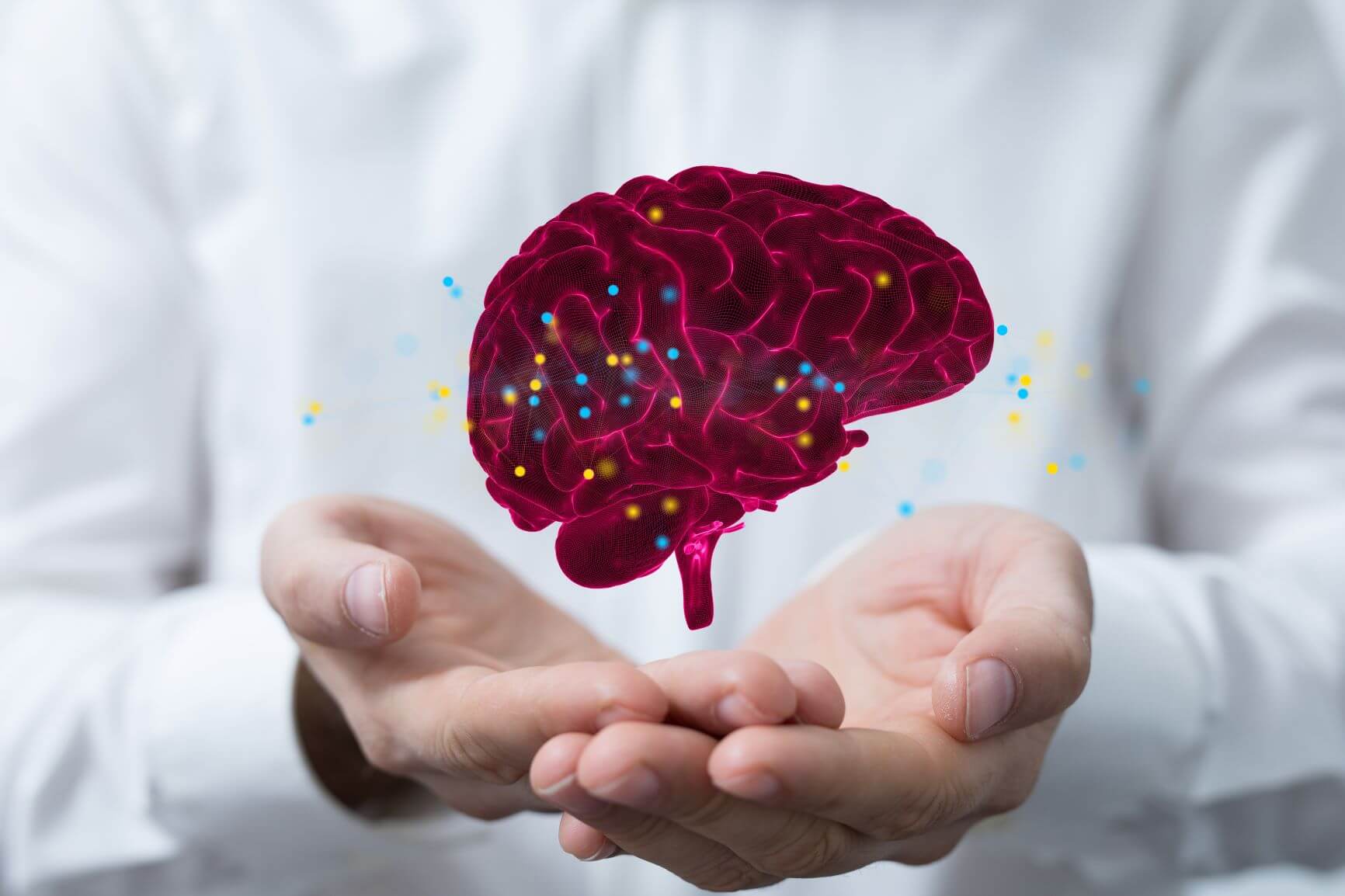When we look at the changes that occur with age, we see a complex picture. Some skills are more affected by age than others, and of course, the changes are not the same for everyone. Significant and noticeable cognitive decline typically begins around the age of 65, and in areas such as memory, we observe significant differences between individuals. Some experience a rapid decline, while others experience a more gradual decline. We often think that information is lost, but it is not necessarily true; it may be due to a lack of use over time or increased difficulty in accessing it. Often, what is truly affected is the ability to efficiently manage cognitive processes. Innovative research even shows that older adults activate too many information networks, leading to more complex and slower processing and integration.
When we start talking about old age or changes that occur in the brain with age, we quickly delve into the world of medicine, particularly discussing dementia. However, the ability to observe and measure cognitive processes in the brain is only part of the story, not the whole story. The medical field has invested significant resources in research and development in pursuit of pharmacological solutions to biological processes in the brain, even though we now know that it is a simplistic model. In other words, cognitive decline in the third age is not just a medical diagnosis, and addressing it cannot be solely through the trial and error approach or developing a drug. New paradigms in the past decade seek to promote a different model of health.
The ACTIVE study on cognitive training in the third age
Research on cognitive training in the third age began to emerge in the late 1990s in the United States. The largest study to date, called ACTIVE, was first published in 2002, focusing on the findings from the first two years. The study involved approximately 2,800 healthy participants in the third age, divided into four groups: three training groups and one control group that did not receive any training. Since it is a relatively old study, only the speed training group used a highly outdated computerized system. The other two groups underwent group-based training in memory strategies or reasoning strategies. The research showed that each group improved in their respective training area, and the improvement was maintained over time.
Furthermore, the researchers demonstrated that when considering the expected decline in those cognitive abilities based on the available population data, the improvement found in each of the training groups was greater than the expected decline if they had not received training. In other words, cognitive training has a protective effect, acting as a counterforce against the expected decline. Additionally, they observed a lasting influence of the training on measures of quality of life even after 5 years. Participants who underwent training reported less decline in several domains that impact quality of life.
For more information, you can explore the history of cognitive training.
Ten years later…
The ACTIVE team followed up with participants who were part of the study for a decade, a challenging task in the research world. In 2014, the final article was published, demonstrating that over the 10-year follow-up, which included approximately 1,200 participants, all the training groups showed a more moderate decline in daily functioning compared to the control group. Specifically, the speed training group maintained the highest level of daily functioning. Daily functioning was assessed using a commonly used questionnaire for clinical evaluation and research. The same speed training, which was based on a well-known task found in most cognitive programs (dual tasking), had far-reaching effects beyond performance in cognitive assessments. It also had implications for walking, falls, and driving. The ACTIVE research team found that cognitive training significantly influenced driving. For example, participants who underwent speed training had a significant decrease in the number of accidents in the two years following the training.
Another model of health
Historically, there has always been a separation between cognition and the body. In recent decades, there has been a growing understanding that movement is an integral part of the brain and that it develops alongside various cognitive abilities and is even intertwined with them. Dance, physical training, yoga, Qigong, Tai Chi, and therapeutic movement can all be used to improve cognition. In the world of movement disorders, such as Parkinson’s disease, the connection between walking and cognition is crucial, and indeed there are studies promoting training programs that combine both types of training simultaneously, meaning working on working memory while walking. Research on healthy older adults is still in its infancy, but preliminary studies show that cognitive training helps improve walking.
Findings published by thousands of users show improvement in training tasks at all ages. Although the learning curve varies between adults in their 60s and adults in their 80s, at every age, we see improvement over time. Sometimes this improvement appears as a “catch-up,” meaning that 80-year-old adults perform after a few months like 60-year-old adults. Contrary to what can be achieved through puzzles, Sudoku, and board games, studies show that the amount of training has an impact, and if we do more, and if the exercises are tailored to our performance level and challenge us, then the improvement in training increases. Change is also maintenance or slowing down processes or protection against illness. Change is also maintaining a level of activity. Thinking games for adults – a couple of adults playing chess.
For further reading on the subject: Thinking games for adults >>
The good news is that the same researchers who were part of the ACTIVE team recently received funding of $44 million from the U.S. National Institute of Health (NIH) to follow thousands of healthy older adults for about a decade while they train. Unlike ACTIVE, the current follow-up study includes brain imaging, blood markers, neuropsychological assessments, and monitoring of background diseases, all to determine once and for all, “Does cognitive training slow or prevent dementia?” Despite medical committees on dementia and health organizations worldwide recommending cognitive activity as part of promoting health in later life, the world of cognitive training, which is based on thousands of years of brain training tradition, is waiting to receive its final stamp of approval.



